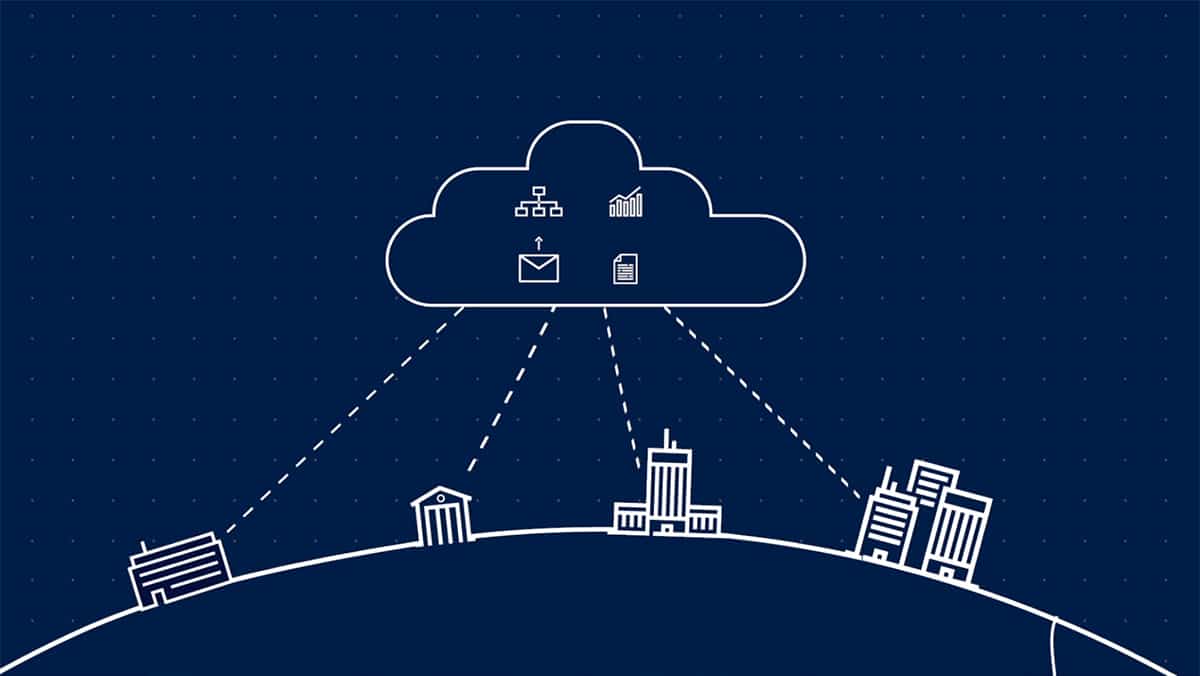Cloud Computing and Cloud-Connected: An Overview¶

Cloud computing and cloud-connected technologies are fundamental components of modern digital infrastructure, enabling businesses and consumers alike to leverage scalable, efficient, and innovative services. Here’s an overview of both:
Cloud Computing¶
Cloud computing is the delivery of computing services—servers, storage, databases, networking, software, analytics, and more—over the Internet ("the cloud"). It offers a flexible, scalable, and cost-effective means to access and utilize computing resources, without the need for direct management by the user.
Key Features:¶
1. Scalability: Resources can be scaled up or down based on demand, providing flexibility and efficiency.
2. Cost-Effectiveness: Reduces the need for significant capital expenditure on hardware and software; services operate on a pay-as-you-go pricing model.
3. Accessibility: Services and data are accessible from anywhere, facilitating remote work and global collaboration.
4. Diverse Service Models: Includes Infrastructure as a Service (IaaS), Platform as a Service (PaaS), and Software as a Service (SaaS), catering to various needs.
5. Innovation: Provides access to the latest technology and infrastructure, enabling businesses to innovate faster.
6. Applications: Cloud computing underpins a wide range of applications, from email and backup to development platforms and advanced analytics. It supports business processes, enhances data management, and facilitates the deployment of new applications and services.
Cloud-Connected¶
Being "cloud-connected" refers to devices or services that are connected to the Internet and, by extension, to cloud computing resources. This connectivity allows for data exchange, remote management, and access to cloud-based services and applications.
Key Features:¶
1. Enhanced Connectivity: Devices and services can communicate and share data over the cloud, improving efficiency and functionality.
2. Remote Access and Management: Enables the monitoring and management of devices and systems from any location, leveraging cloud infrastructure.
3. Integration and Interoperability: Facilitates the integration of different devices and systems, allowing them to work together seamlessly.
4. Data Analytics and Insights: Data collected from cloud-connected devices can be analyzed in the cloud to derive insights, optimize operations, and inform decision-making.
5. Applications: Cloud-connected technologies find applications in smart home devices, industrial IoT, healthcare monitoring systems, and more. They enable advanced features like remote diagnostics, predictive maintenance, and personalized user experiences.